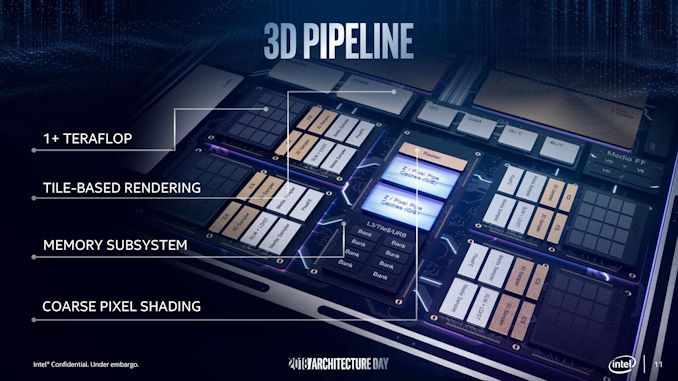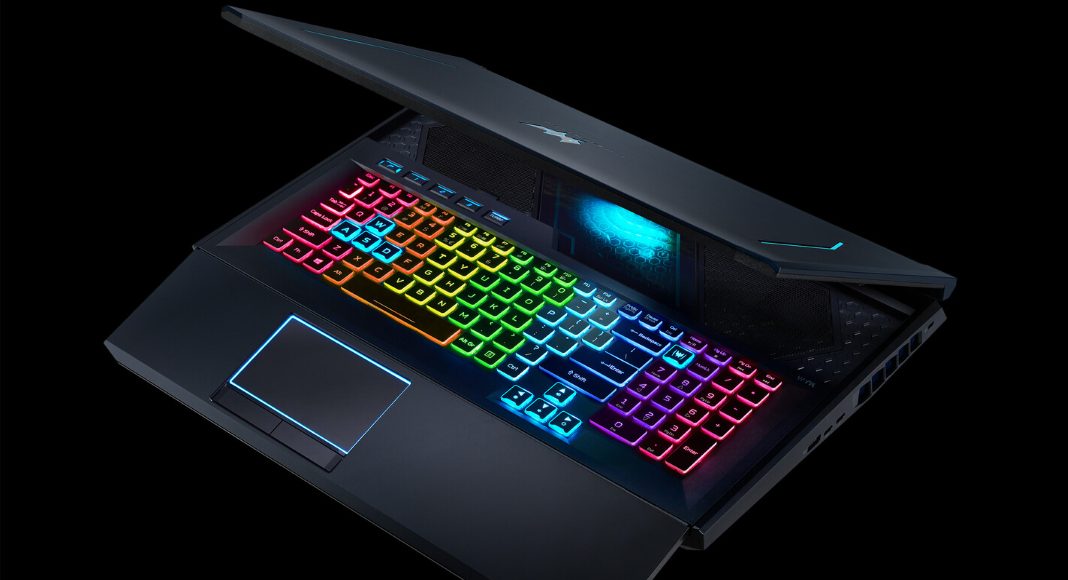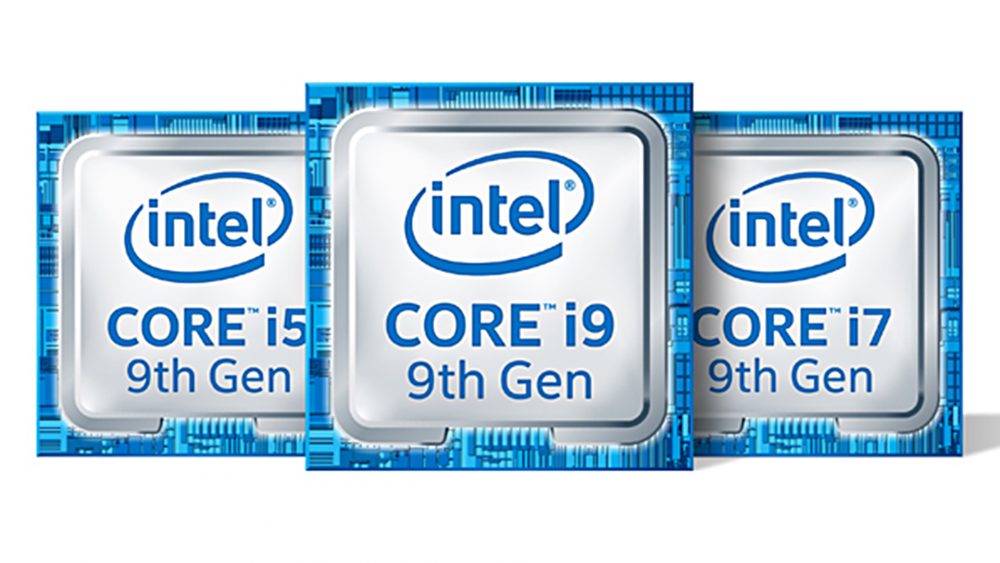
Intel has made some significant improvements to its line of integrated graphics chips (IGPs) through the years. However, for the last few generations we have only seen very modest improvements. This could change in 2019, when Intel launches the Ice Lake lineup, which brings integrated graphics up to Gen11 and also adds support for Adaptive Sync.
AMD’s return to the high-end CPU market seems to have brought back Intel from a decade-long zombie state. For years, Intel merely polished its existing architectures but rarely added much in the way of new features. Then all of a sudden, new cores appeared in mainstream CPUs to counter AMD’s successful Ryzen lineup.
But on the integrated graphics side, the improvements have been marginal since Skylake was released in 2015. Intel recently announced that it’s going into the GPU market in a big way with the Xe series of dedicated graphics cards, but now it looks like Chipzilla will first make an effort to improve on its integrated offerings.
First Major Update Since Skylake
 Typically, Intel’s IGPs come with a ‘Gen’ designation followed by a number, with the Skylake architecture being Gen9. This was, unsurprisingly, supposed to be replaced by a Gen10 along with Cannon Lake at the 10nm production process. But due to countless delays and issues with 10nm, Intel apparently skips a generations and switches to Gen11 right away.
Typically, Intel’s IGPs come with a ‘Gen’ designation followed by a number, with the Skylake architecture being Gen9. This was, unsurprisingly, supposed to be replaced by a Gen10 along with Cannon Lake at the 10nm production process. But due to countless delays and issues with 10nm, Intel apparently skips a generations and switches to Gen11 right away.
The most common Intel IGP configuration, known as GT2, is an on-chip companion on lots of mainstream laptop processors today and includes 24 Execution Units (EUs). With Gen11, Intel ups this number to 64 EUs.
This notable increase is accompanied by substantial architectural improvements, but exactly what these consist of is still unclear. What Intel does mention is a redesigned memory bus and a quadrupling of the IGP L3 cache from 768 KB to 3 MB compared to Gen9.
Furthermore, the integrated Ice Lake GPUs will add support for Tile-Based Rendering – a technology that Nvidia implemented in Maxwell in 2014, and was added to AMD GPUs with Vega in 2017. The Gen11 graphics architecture also includes a new media encoding/decoding block with a new part for acceleration of H.265/HEVC. More technical information is available from AnandTech.
Adaptive Sync = Freesync Support
Intel also updates support for higher resolutions, HDR and perhaps even more interestingly: Adaptive Sync. This is the same standard that AMD uses for Freesync, meaning that all Freesync-compatible displays should be compatible with Intel graphics.
In other words, the two CPU rivals may have found some common ground on the GPU side, in a way that might further challenge Nvidia’s directly competing G-Sync solution in a big way.
Will Intel Graphics Finally be Gaming Capable?
Historically, Intel’s integrated graphics solutions have always been low-end alternatives and not particularly suited for anything but simple, low-res and/or older games. Intel previously mixed things up a bit by introducing its Iris IGP lineup, which offered performance more in line with entry-level dedicated GPUs. However, laptops with these chips have been very uncommon outside of Apple MacBooks.
And even if gaming performance in upcoming Intel IGPs double, they still won’t be able to compete even with entry-level dedicated gaming GPUs such as the Nividia GTX 1050. Nevertheless, 2019 could be an interesting year for graphics.






